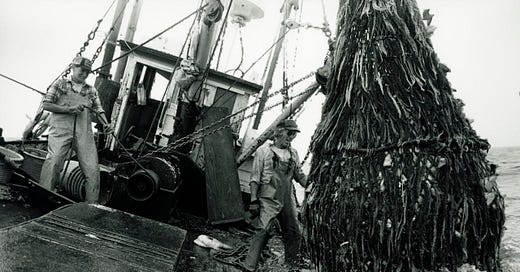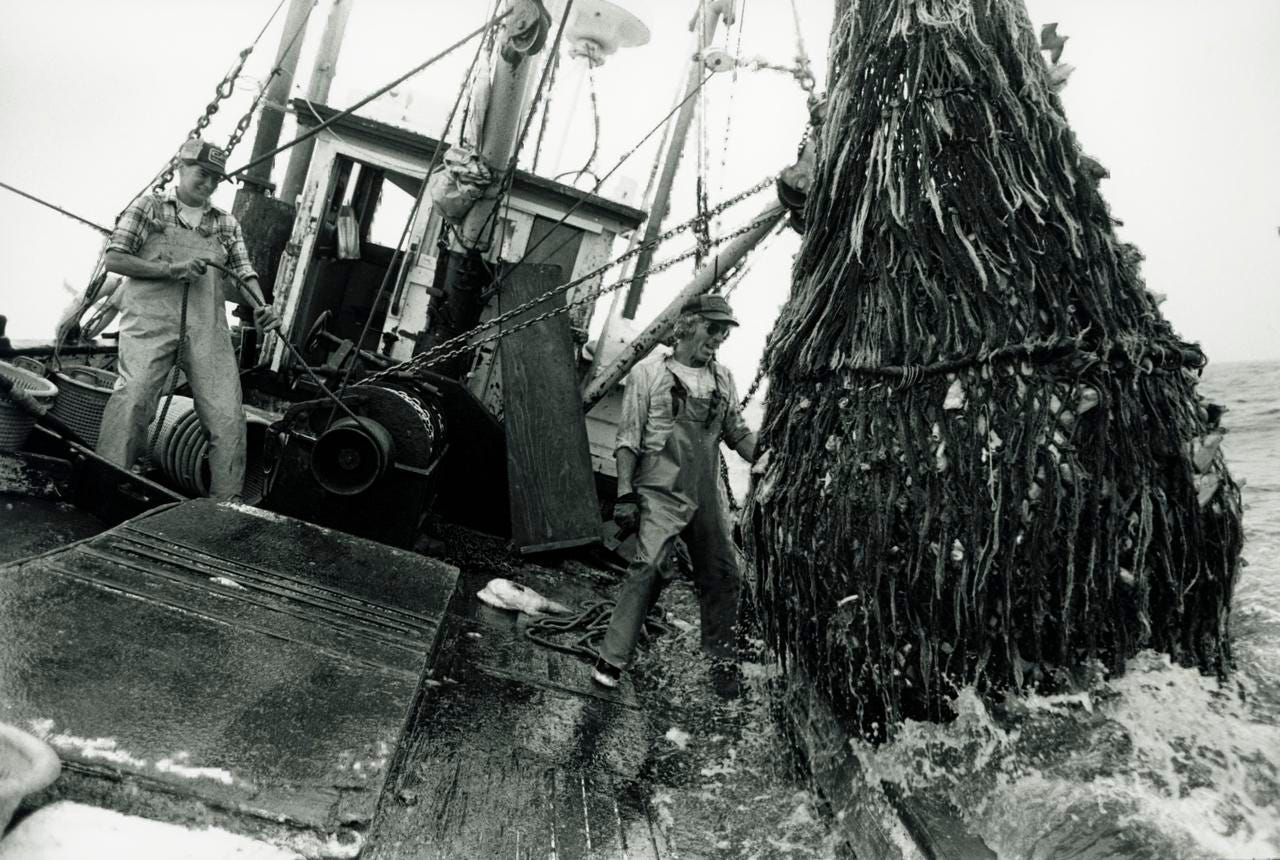The Last Fishermen of Long Island
As a longtime local industry struggles under a sea of regulations, two photographers document the families who have lived off the water for generations.
Photographers Doug Kuntz, 57, and Tara Israel, 30, are both natives of Eastern Long Island. Although they grew up decades apart, both Kuntz and Israel were drawn to a similar subject: the small-scale commercial fishermen who search for seafood in the Long Island Sound, using essentially the same techniques their families have for centuries. As these fishing families dwindle in the face of environmental regulation and competition from big business, Kuntz and Israel share their memories from many mornings out at sea.
Tara Israel:
Keep reading with a 7-day free trial
Subscribe to Narratively to keep reading this post and get 7 days of free access to the full post archives.





